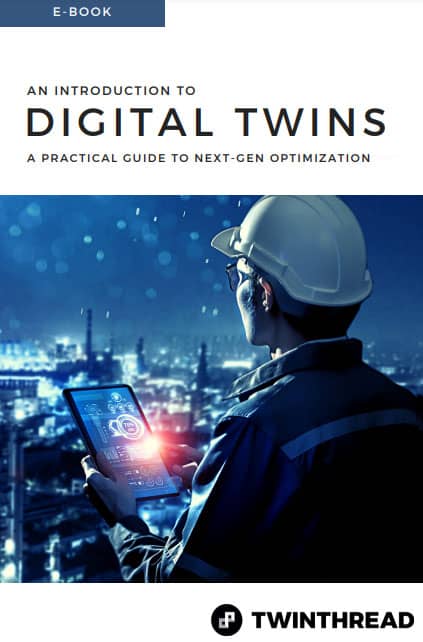For your engineers to feel they have strong visibility into enterprise-wide energy consumption, they must first have access to data reports at the individual machine level. Plant and line level reports are not enough because they don’t provide sufficient granularity to see where energy waste is occurring.
One of the largest sources of energy waste comes from within the machines themselves. Temperature and vibration excesses, for example, represent performance issues that degrade over time and typically lead to increased energy consumption. Without sufficiently detailed data, these issues can go unrecognized for long periods of time, only to be addressed when a part eventually fails or is replaced during a planned maintenance event. In the meantime, you’re unnecessarily (and wastefully) consuming energy.
To make the example a bit more relatable, let’s look at something with which we’re all familiar: the family car.
Assume your family vehicle typically consumes one tank of gas per week. However, last week you had to refill after just a few days. So what happened? To know that, we need to understand all the factors:
- Who was driving the vehicle?
- What are their driving habits?
- How far did they drive?
- How fast did they drive?
- How was the vehicle running?
- What’s the condition of the vehicle?
- Was it particularly warm or cold outside last week?
You get the point… all of these factors add to a more complete picture of how the gas was consumed quicker and allow us to predict whether a similar event will occur in the future. The same goes for your machines.
Details matter, no matter how seemingly insignificant.
You need machine-specific data. This means having sensors or meters that can collect data and monitor specific conditions. Many production / manufacturing organizations already have these in place. The key is to exploit that critical information by connecting those sensors to tag-based data, or to feed it directly into a “trough” that can evaluate the information based on production, energy, or even cost data.
- A “production data” trough typically relies on an MES system and evaluates what is running / what is being made (SKU or product based), how frequently the production process is subjected to a planned stoppage, how often the process must be stopped unexpectedly, whether there are swings in external variables (temperature, humidity), and production volume. In other words, what good is it to know you consumed a certain amount of energy one day and a lot more the next if you don’t know the relative output of the production line?
- An “energy data” trough monitors the changes in consumption across all assets (identifying top performers). It considers any type of energy and also tracks variation in consumption from production line to production line, or SKU to SKU.
- A “cost data” trough allows you to attach a cost more accurately to production processes and the energy consumption associated with that process.
All this data and evaluation will allow you to uncover patterns that would otherwise remain hidden. Questions like, “when are we most energy-efficient?” or “when are we least efficient?” begin to become clearer. Answering these questions will allow your operation to begin recognizing patterns and proactively taking preventive actions before events culminate and lead to excessive energy costs or, worst-case, asset failures.
This data also allows you to standardize energy output to units of consumption, the first step in creating greater efficiency is establishing a baseline. Once that is done, you can optimize production processes to match performance expectations.
If you’d like to learn more about TwinThread’s Predictive Operations Platform, and how easy it makes accessing your energy data and insights, get started today.

November 13, 2020
Sheila’s management philosophy produces results. By enforcing “just the right” amount of infrastructure, she enables teams to work towards the ultimate, shared goal of the highest quality customer experience.
She’s a proud graduate of Boston College (Business and Computer Science) and Babson (MBA 2019), a native Massachusettsan, and a fierce advocate for women in tech.

